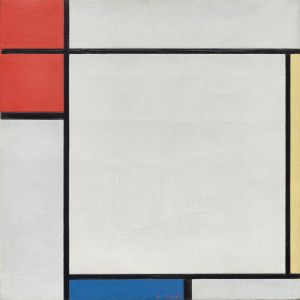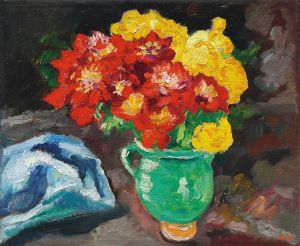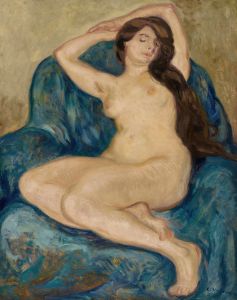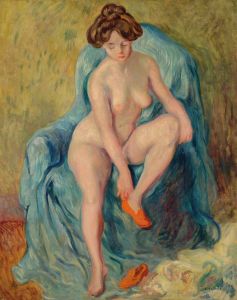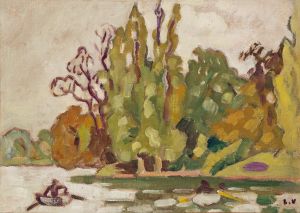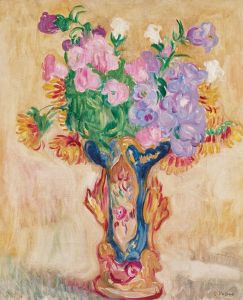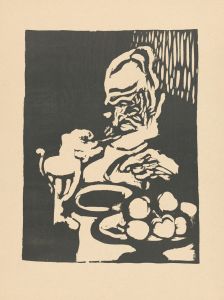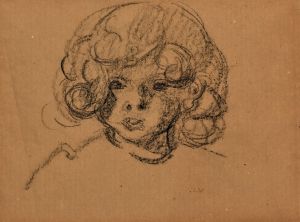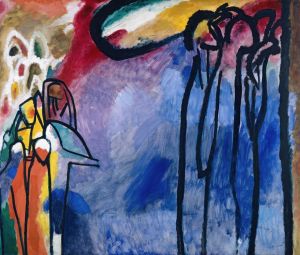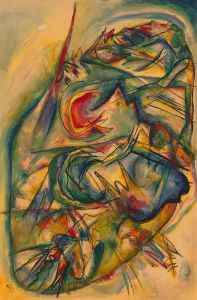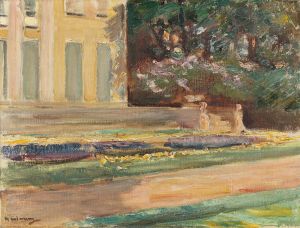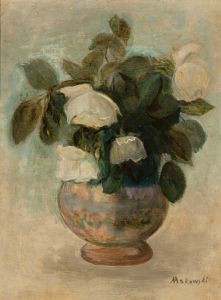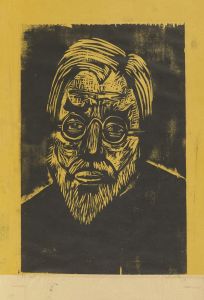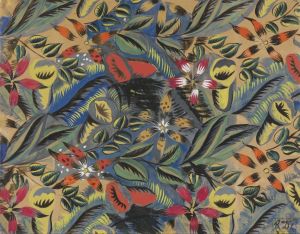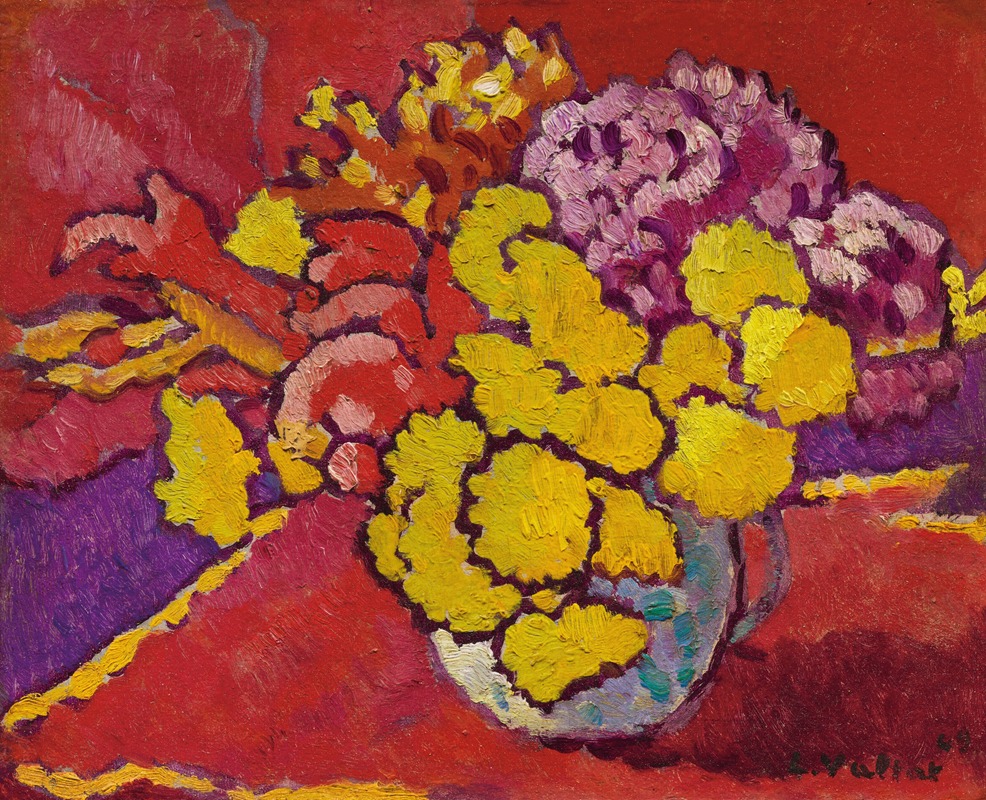
Fleurs jaunes, draperie rouge
A hand-painted replica of Louis Valtat’s masterpiece Fleurs jaunes, draperie rouge, meticulously crafted by professional artists to capture the true essence of the original. Each piece is created with museum-quality canvas and rare mineral pigments, carefully painted by experienced artists with delicate brushstrokes and rich, layered colors to perfectly recreate the texture of the original artwork. Unlike machine-printed reproductions, this hand-painted version brings the painting to life, infused with the artist’s emotions and skill in every stroke. Whether for personal collection or home decoration, it instantly elevates the artistic atmosphere of any space.
Louis Valtat's painting Fleurs jaunes, draperie rouge (translated as Yellow Flowers, Red Drapery) is a notable work by the French artist, who is recognized as an important figure in the Post-Impressionist and Fauvist movements. Valtat (1869–1952) was known for his vibrant use of color and bold compositions, which often depicted still lifes, landscapes, and domestic interiors. This particular painting exemplifies his mastery of color and form, showcasing his ability to blend traditional techniques with the avant-garde styles of his time.
Fleurs jaunes, draperie rouge is a still life composition featuring a bouquet of yellow flowers placed against a richly colored red drapery. The interplay of the warm red tones with the bright yellow flowers creates a striking visual contrast, a hallmark of Valtat's work. The painting reflects his interest in exploring the expressive potential of color, a characteristic that aligns him with the Fauvist movement, though he is often considered more of a transitional figure between Impressionism and Fauvism rather than a core member of the latter.
Valtat's approach to still life painting often involved a focus on texture and pattern, as seen in this work. The folds of the red drapery are rendered with a sense of movement and depth, while the flowers are depicted with a delicate yet vibrant touch. His brushwork is both precise and expressive, capturing the essence of the objects without resorting to excessive detail. This balance between representation and abstraction is a defining feature of his style.
The painting likely dates to the early 20th century, a period when Valtat was producing some of his most celebrated works. During this time, he was associated with other prominent artists of the era, including Pierre-Auguste Renoir, Paul Signac, and Henri Matisse. While Valtat did not achieve the same level of fame as some of his contemporaries, his contributions to modern art have been increasingly recognized in recent years.
As with many of Valtat's works, Fleurs jaunes, draperie rouge demonstrates his ability to transform everyday subjects into vibrant, dynamic compositions. The painting is a testament to his skill as a colorist and his innovative approach to traditional genres like still life. It remains an example of his unique position within the evolution of modern art, bridging the gap between the Impressionist focus on light and the Fauvist emphasis on color and emotion.
Further details about the current location or provenance of Fleurs jaunes, draperie rouge are not widely documented in public sources.





